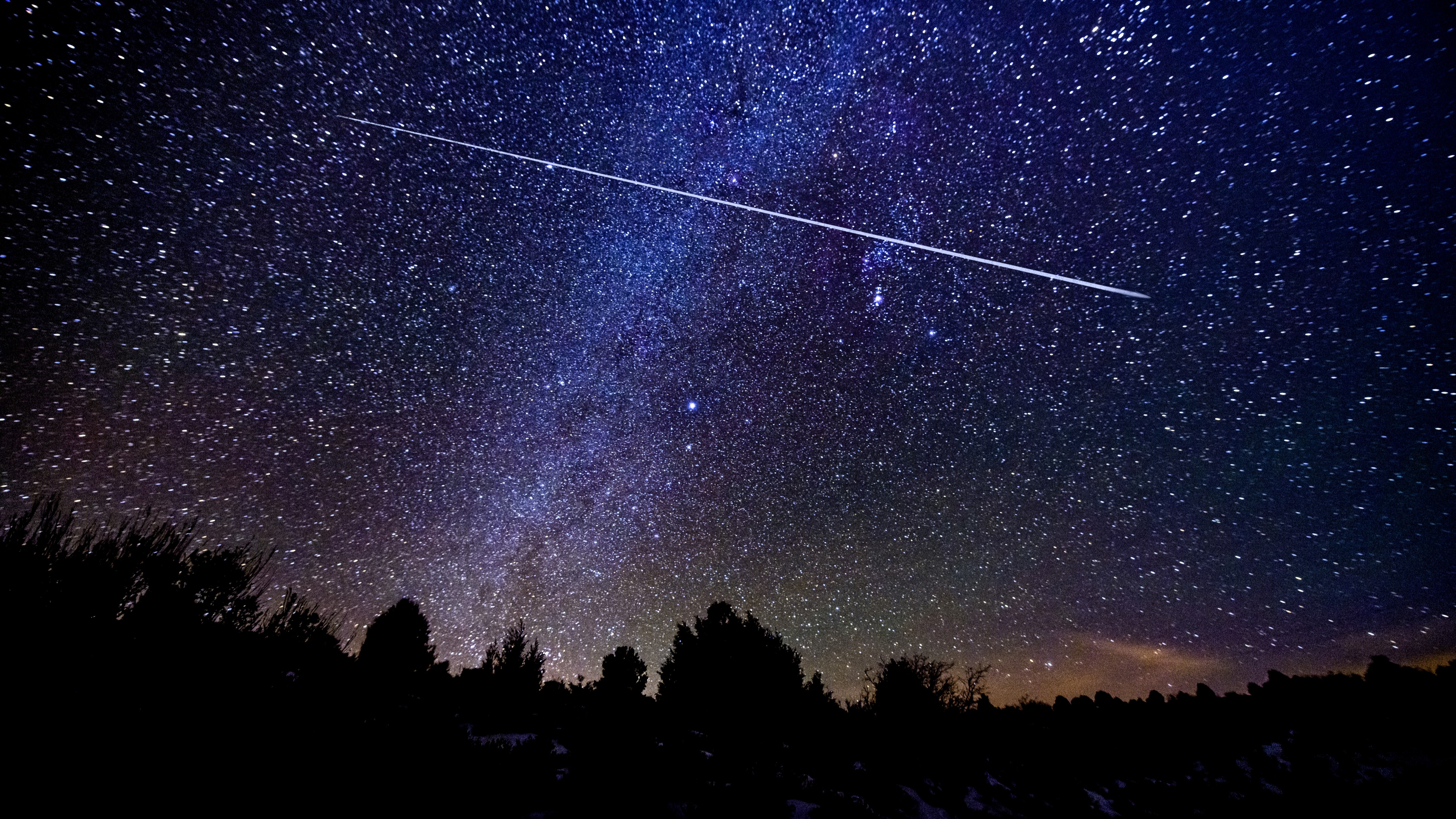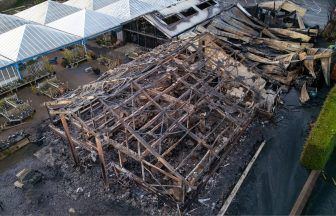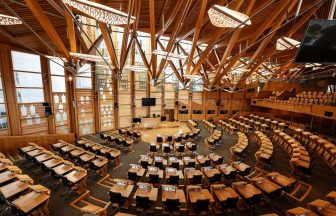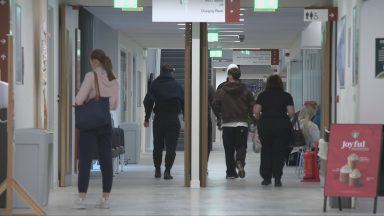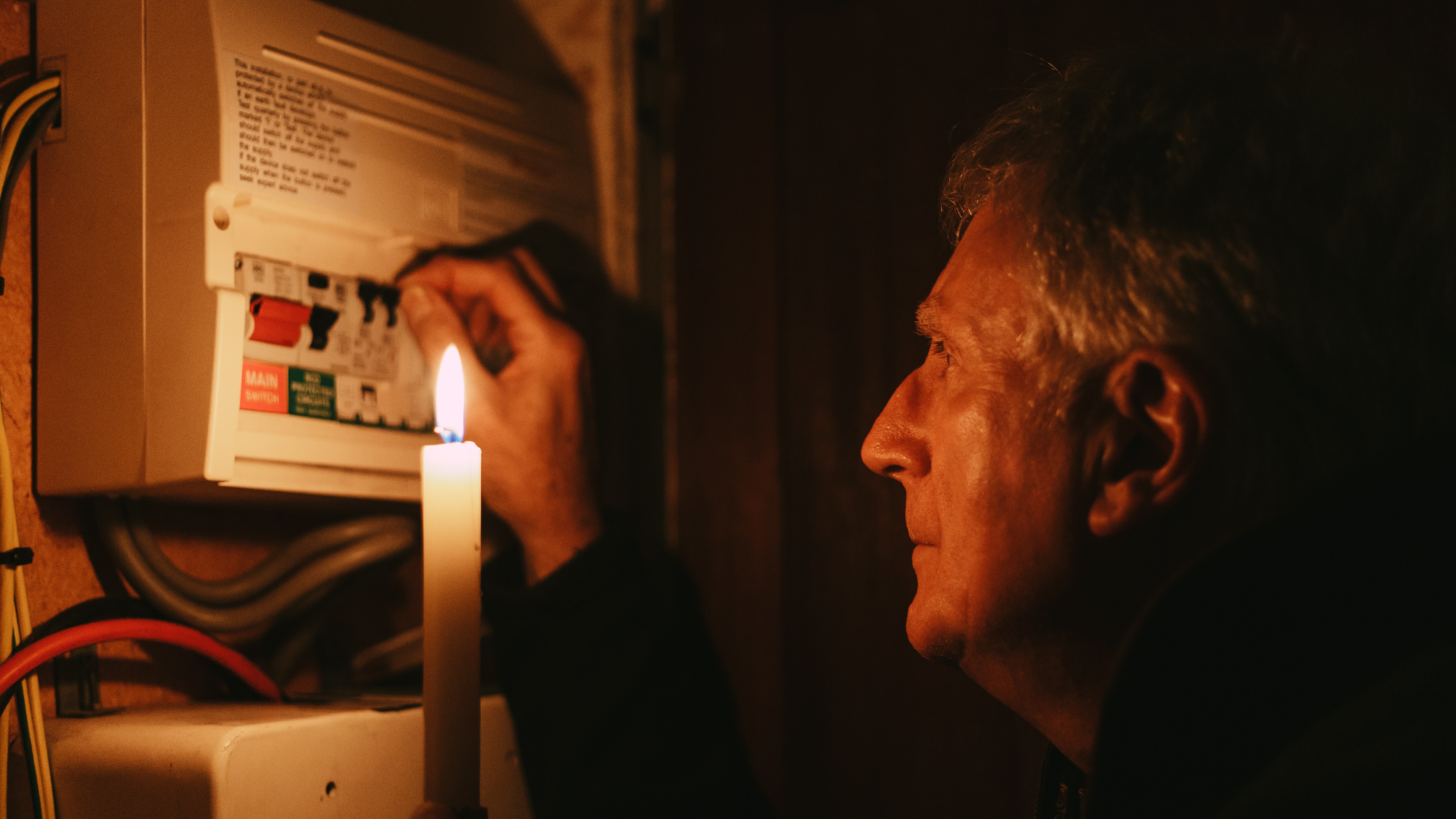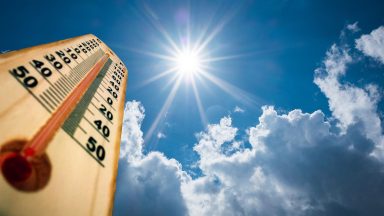Shooting stars will be visible across the UK during the annual Perseid meteor shower that will reach its peak on Tuesday night.
While about 150 meteors will cross the sky per hour, only up to 100 of them might be visible.
The meteor shower occurs every summer. This year’s has already been running for several weeks but is expected to be most visible on Tuesday night.
Where can I see it?
The meteor shower will be visible across all of the UK, but will be most visible in the north-east of the UK as the sun sets.
The further south you go, the lower Perseid sits on the horizon, making the spectacle harder to see.
Experts say stargazers have a better chance of seeing shooting stars in areas with less light pollution.
Royal Observatory Greenwich astronomer Ed Bloomer said: “Getting into the middle of a field in the south east of England, in London, is going to be better than being in the middle of Aberdeen,” Dr Bloomer said.
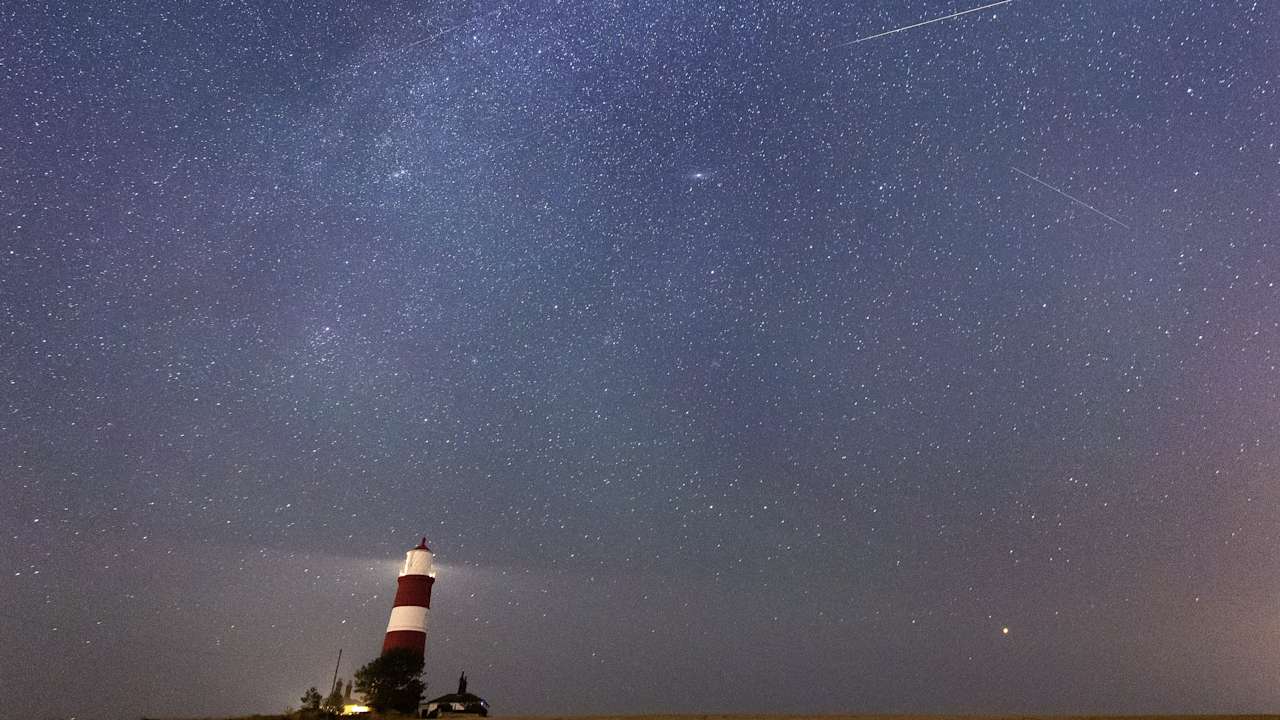
When and how can I see it?
Once the sun sets, clear skies will afford good visibility on Tuesday night, although a waning full moon might make it brighter than normal and obscure the perfect view.
The meteor shower will be best seen pre-dawn, but can also be visible from late at night.
Find a place well away from street lamps, Dr Bloomer advises. Switch off any house lights if you are looking out from your garden.
Dr Bloomer said you will need to allow time to let your eyes adjust to the dark before the meteor shower could be seen.
He recommended viewers take a camping chair or a rug, sit down outside away from any light source and wait about half an hour.
Shooting stars generally only last a second or two and sometimes appear in flurries.
If you’re struggling to see the meteor shower, Dr Bloomer suggested turning your head and watching through peripheral vision (side vision) as it can be easier to see in low light conditions.
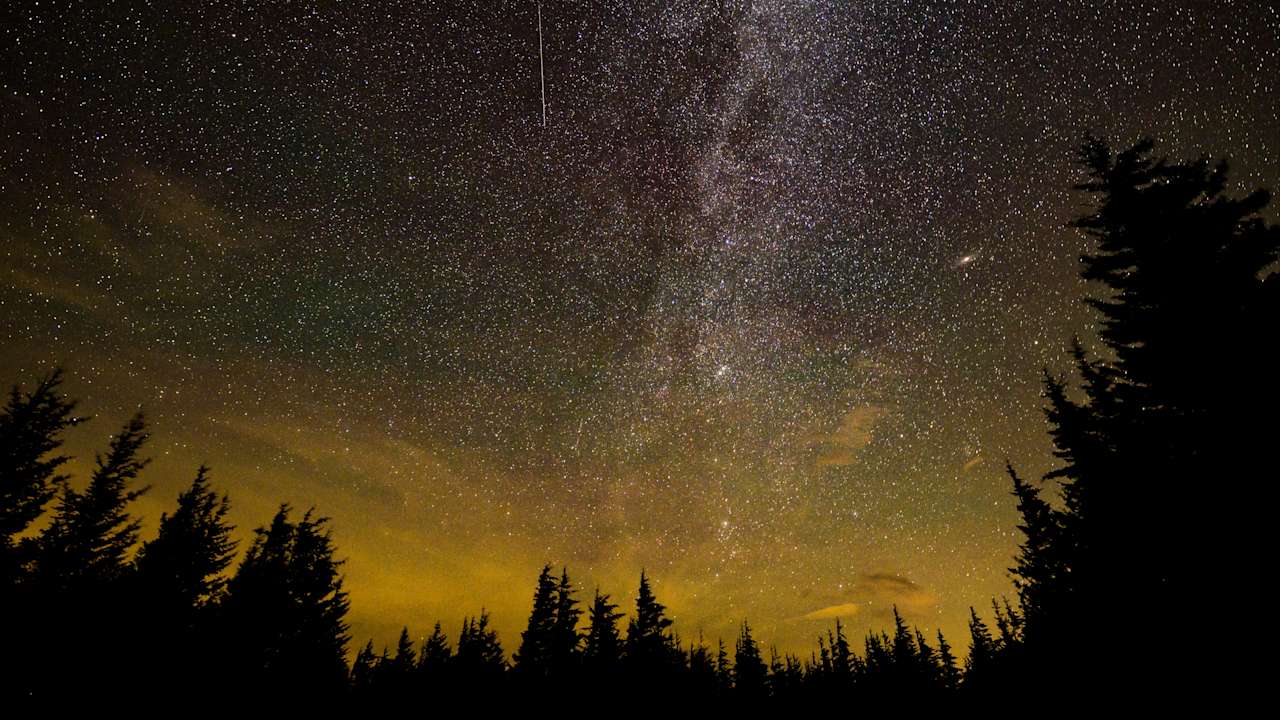
What is a Perseid meteor shower?
Every summer the Earth hits a trail of debris from the Swift-Tuttle comet as it orbits the sun.
Specks as small as a grain of dust flare up under the pressure of the planet’s atmosphere and create shooting stars and a long trail of light and colour.
Perseid is considered the best meteor shower of the year and peaks in mid August.
Perseids are also known for their fireballs, which are larger explosions of light and colour and bigger than the average meteor streak.
This meteor shower has already been running for a few weeks and will continue until around August 24.
Follow STV News on WhatsApp
Scan the QR code on your mobile device for all the latest news from around the country


